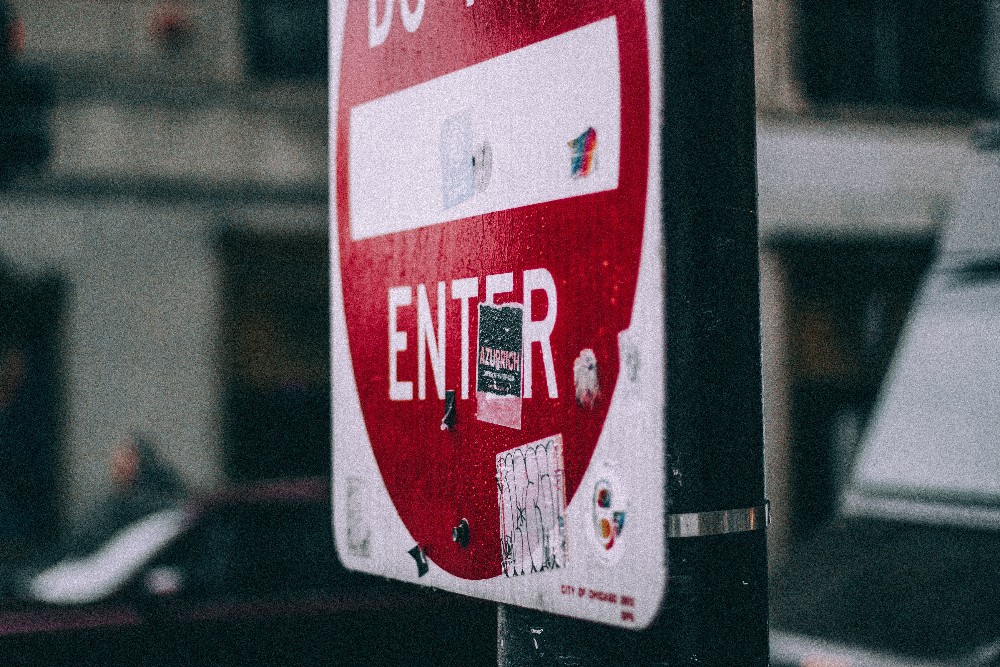It’s well established that America’s addiction treatment industry fails to fully meet the needs of people with substance use disorders. Many facilities don’t accept all forms of payment and reimbursement, don’t provide vital services like HIV and STD testing, and don’t provide gold-standard, evidence-based medication treatments.
These and other shortcomings were detailed in the 2018 National Survey of Substance Abuse Treatment Services (N-SSATS), an annual study conducted by the Substance Abuse and Mental Health Services Administration (SAMHSA). Released in December, the latest report provides worrying national and state-by-state statistics.
For example, there are far fewer opioid treatment programs (OTPs, often known as methadone clinics) than are needed. While there are 14,809 addiction treatment facilities overall in the US, there are only 1,519 OTPS. To put this in national perspective, there were 47,600 opioid-involved deaths in 2017, the most recent confirmed figure. So there was roughly one OTP for every 31 people who died.
But the gap between opioid treatment and people who need it grows larger for the worst-affected states. For example, West Virginia had the highest opioid-involved death rate in the US in 2017, with 833 total deaths representing 49.6 per 100,000 residents—triple the national rate. According to the 2018 N-SSATS, West Virginia had just nine OTPs. That’s one OTP for about every 93 opioid-involved deaths there in 2017.
Among other heavily impacted states, Ohio has one OTP for every 153 opioid-involved deaths in 2017; Washington, DC one for every 49 deaths; New Hampshire one for every 53; and Maryland one for every 24.
The states least impacted by opioid-involved deaths in 2017 tend to have much smaller gaps between methadone supply and demand. Hawaii had the lowest opioid-involved death rate in the US in 2017, with 53 total deaths. The state’s four OTPs represent one for every 13 people who died that year. Texas has one OTP for every 18 deaths, California one for every 15, and Iowa one for every 25.
Treatment facilities surveyed by SAMHSA routinely fail to provide other vital services to people with substance use disorders—if they even serve them. Depending on how you pay for treatment, you may have no access: More than a quarter of facilities, 28.7 percent, don’t accept private health insurance; 34.5 percent don’t accept Medicaid; 52.2 percent don’t accept state health plans; and 64.2 percent don’t accept Medicare.
People living with certain diseases also cannot access testing services from most facilities. Over 77 percent don’t screen for any sexually transmitted diseases, and 70 percent don’t screen for Hepatitis C or HIV. Additionally, 60.8 percent don’t screen for tuberculosis.
The proportion of facilities offering medication treatments in general is far too small. Over 68 percent don’t offer Suboxone (buprenorphine), and over 70 percent don’t offer either oral naltrexone or injectable (Vivitrol). And as we’ve seen, close to 90 percent don’t offer methadone.
Photo by Jackson Jost on Unsplash.





Show Comments